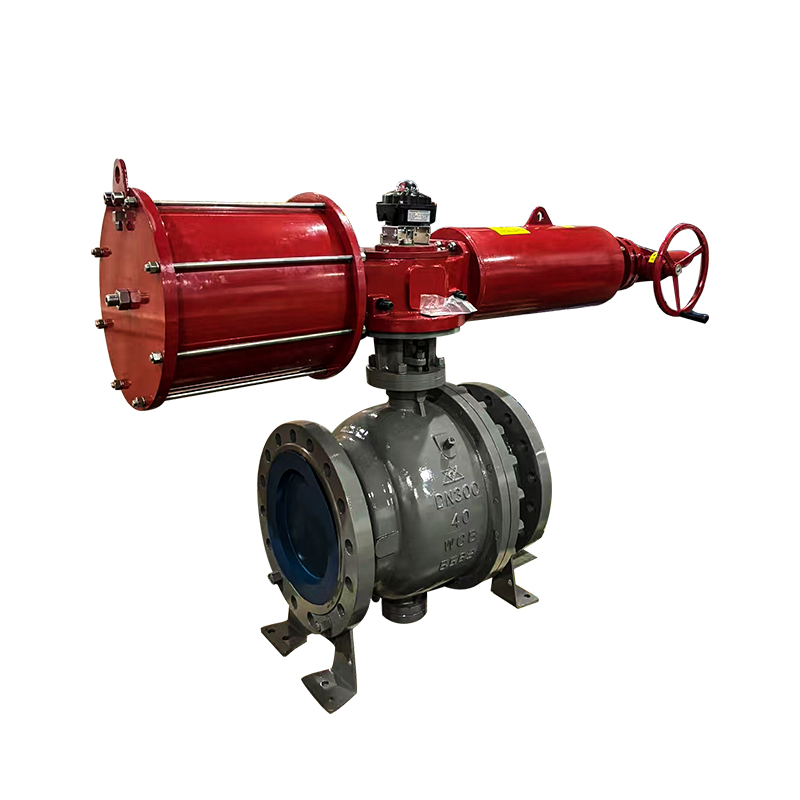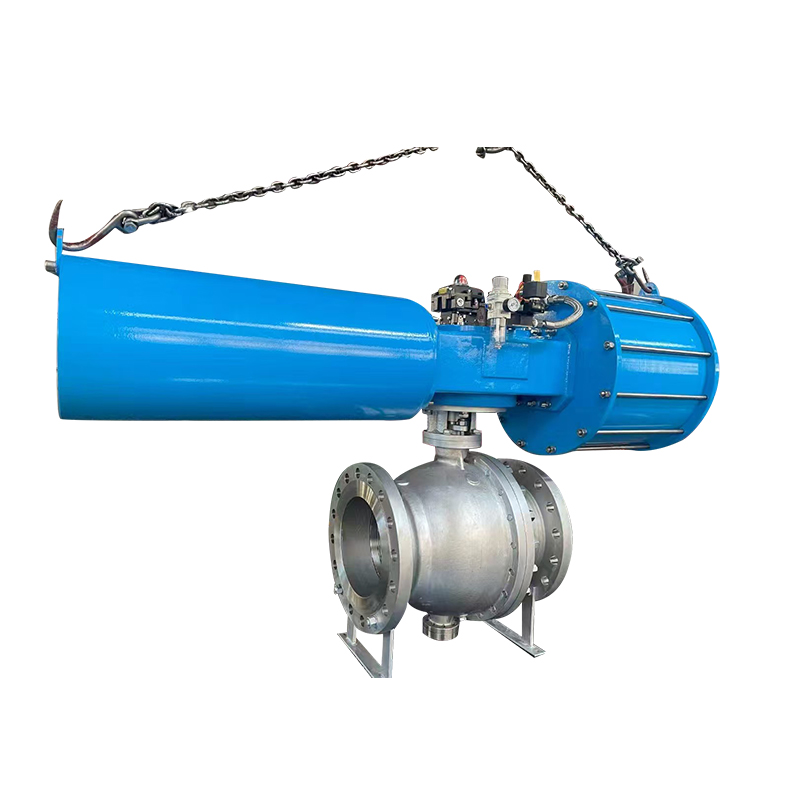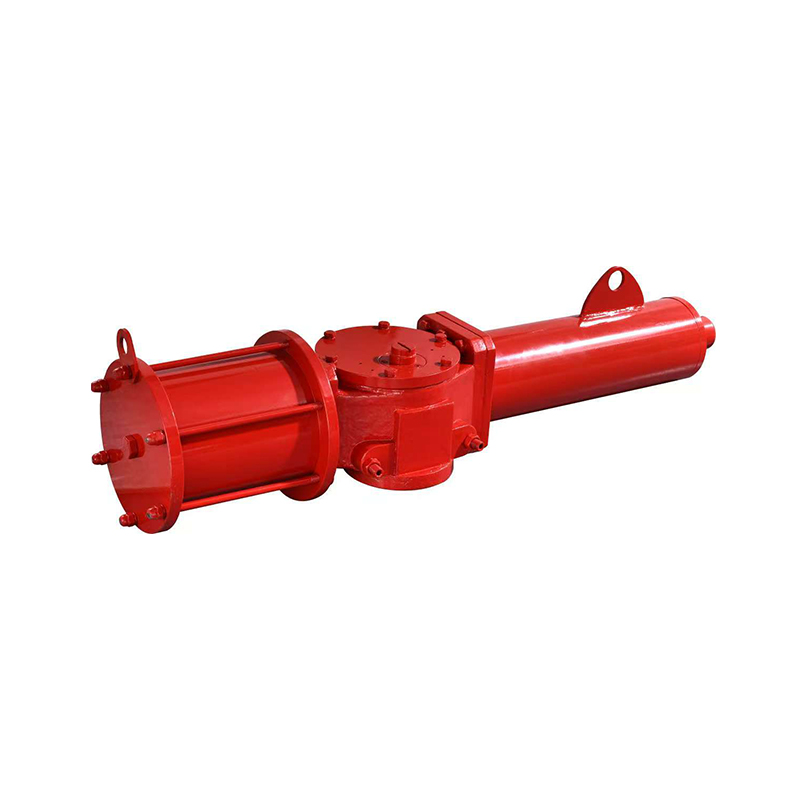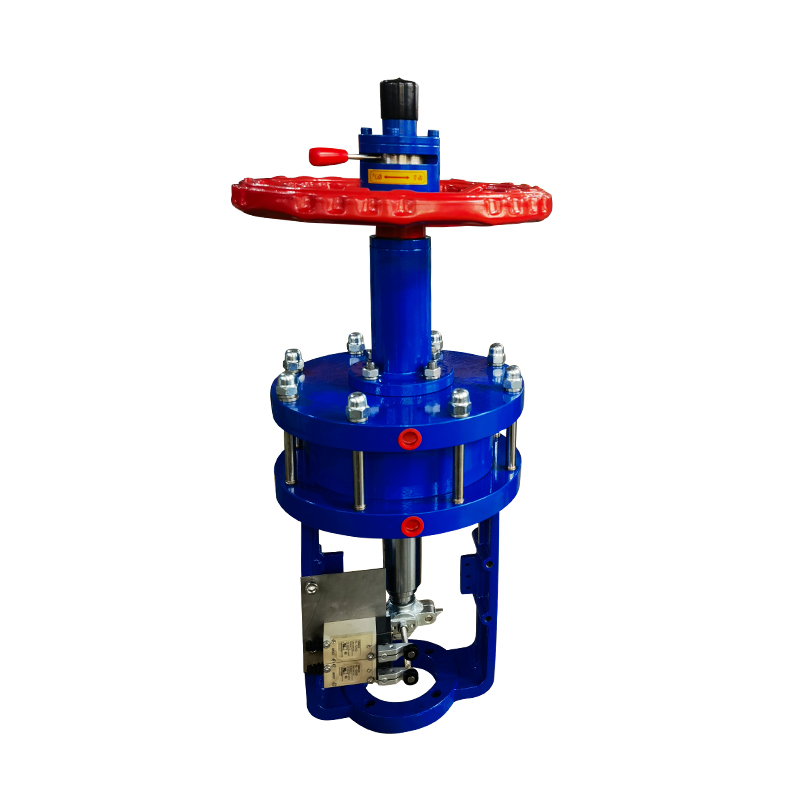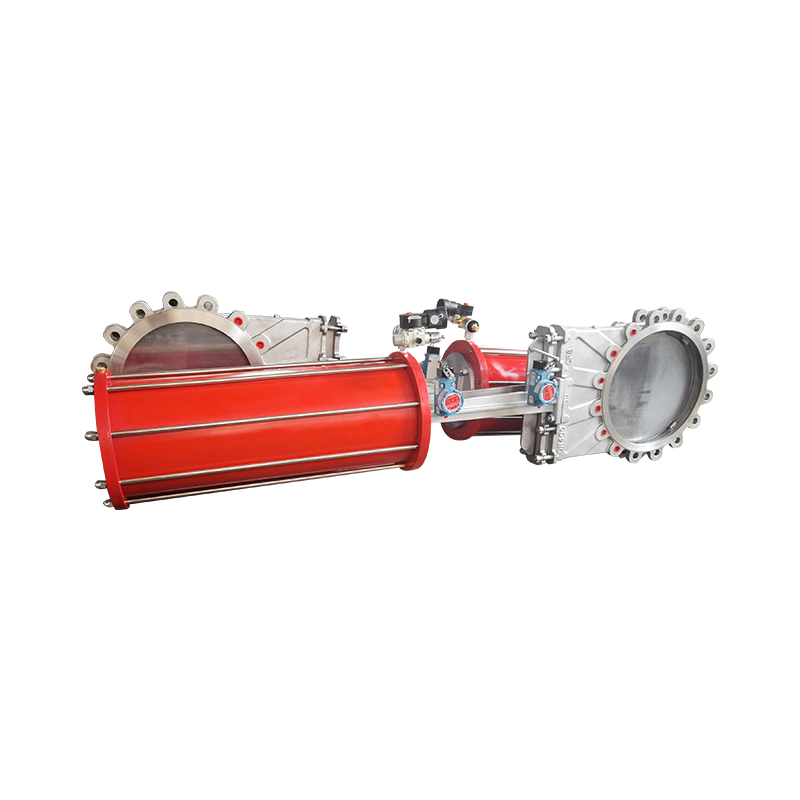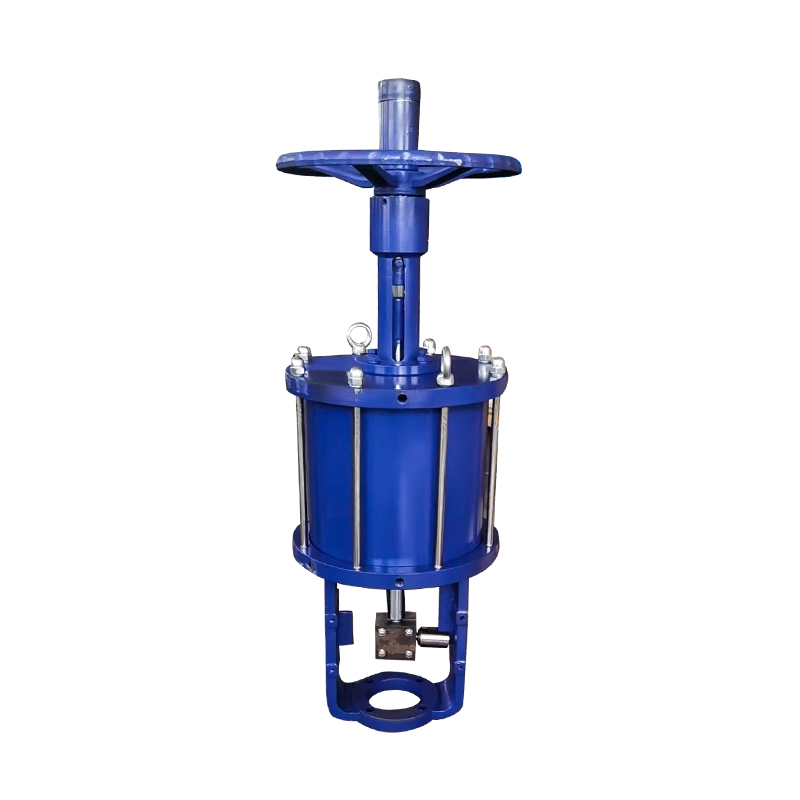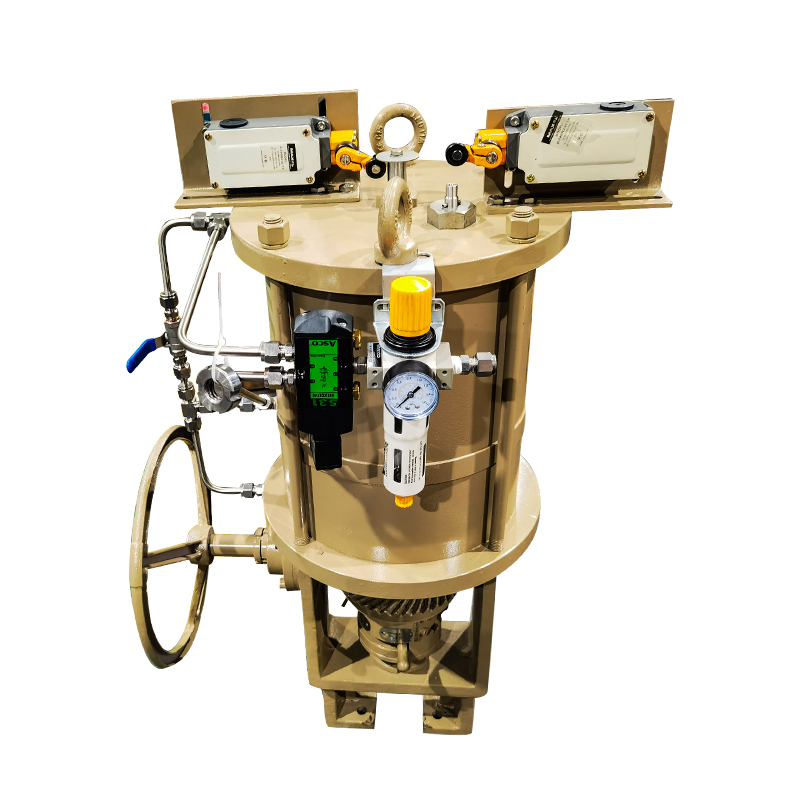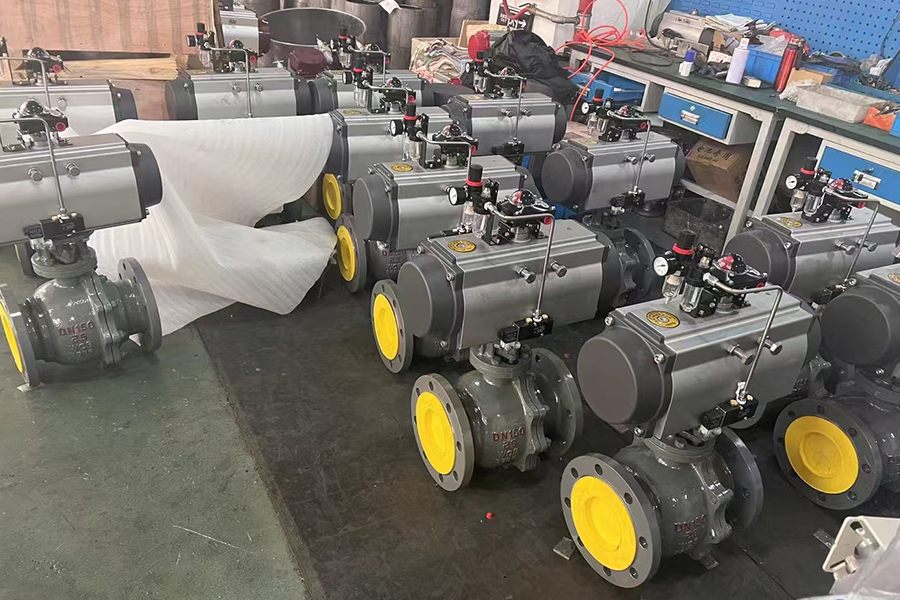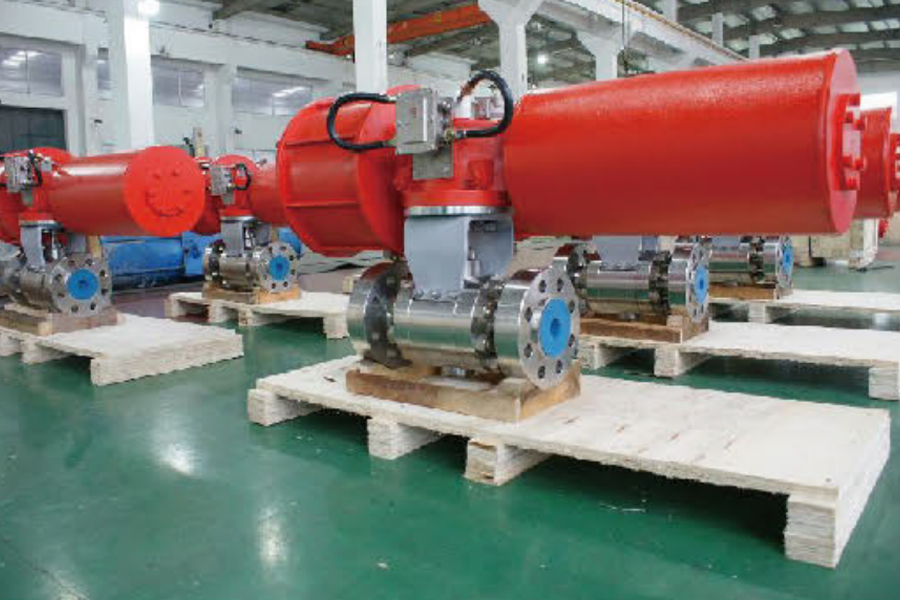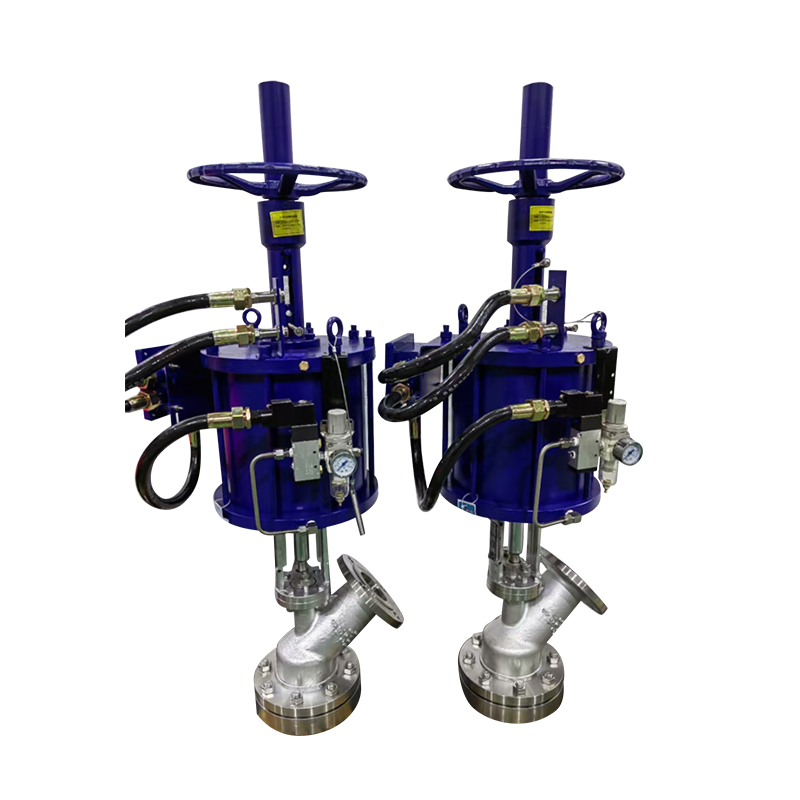
Pneumatic gate valves are essential components in many industrial systems, controlling the flow of liquids and gases with precision. Ensuring these valves perform reliably over time requires adherence to specific quality standards during manufacturing. Pneumatic gate valve factories implement a range of procedures and checks to maintain product consistency, durability, and safety.
One of the main standards followed by pneumatic gate valve factories relates to material selection. The body, gate, and stem of the valve must be made from materials that can withstand pressure, temperature variations, and corrosive environments. Commonly used materials include stainless steel, carbon steel, and specialized alloys. Factories often test raw materials for chemical composition, tensile strength, and corrosion resistance before production begins. This step helps prevent early wear and ensures the valve will function effectively in industrial applications.
Another key quality standard involves dimensional accuracy and machining precision. Pneumatic gate valve factories use advanced CNC machinery and inspection tools to maintain tight tolerances. Components such as the gate, seat, and stem require precise fits to minimize leakage and ensure smooth operation. Factories typically perform regular measurements using calipers, micrometers, and coordinate measuring machines. This attention to detail helps maintain consistent performance across different production batches.
Pressure and leakage testing are also important benchmarks in pneumatic gate valve manufacturing. Factories conduct hydrostatic or pneumatic tests to confirm that the valves can handle rated pressures without leaking. These tests simulate real working conditions and identify potential weak points in design or assembly. Leak testing often includes visual inspection, as well as measurements using pressure gauges or sensors. By identifying issues before shipping, manufacturers reduce the risk of failure in the field.
Quality management systems play a critical role in maintaining standards. Many pneumatic gate valve factories follow ISO 9001 or equivalent certifications, which provide guidelines for systematic production, documentation, and traceability. These systems ensure that each valve meets predetermined specifications and that any deviations are promptly addressed. Additionally, factories may maintain detailed records of material batches, inspection results, and assembly processes, enabling better quality control over time.
Assembly procedures and final inspections are equally important. Factories often implement step-by-step assembly protocols to prevent mistakes and inconsistencies. Operators are trained to check for proper alignment, lubrication, and sealing before completing the assembly. Once assembled, valves undergo functional testing to verify smooth opening and closing, along with response to pneumatic actuation. These procedures help ensure reliable operation in industrial systems.
Adherence to international standards for safety and compatibility is often part of factory practices. Many pneumatic gate valve manufacturers design products according to ANSI, API, or EN standards, which provide guidance on dimensions, pressure ratings, and testing requirements. Compliance with these standards ensures that valves can be integrated into different systems without additional modifications or safety concerns.
Pneumatic gate valve factories follow a combination of material testing, precision machining, pressure evaluation, quality management, and compliance with international standards. These practices collectively ensure that the valves are reliable, durable, and suitable for demanding industrial applications. By focusing on consistent processes and thorough inspection, manufacturers can provide valves that operate safely and effectively throughout their service life.








